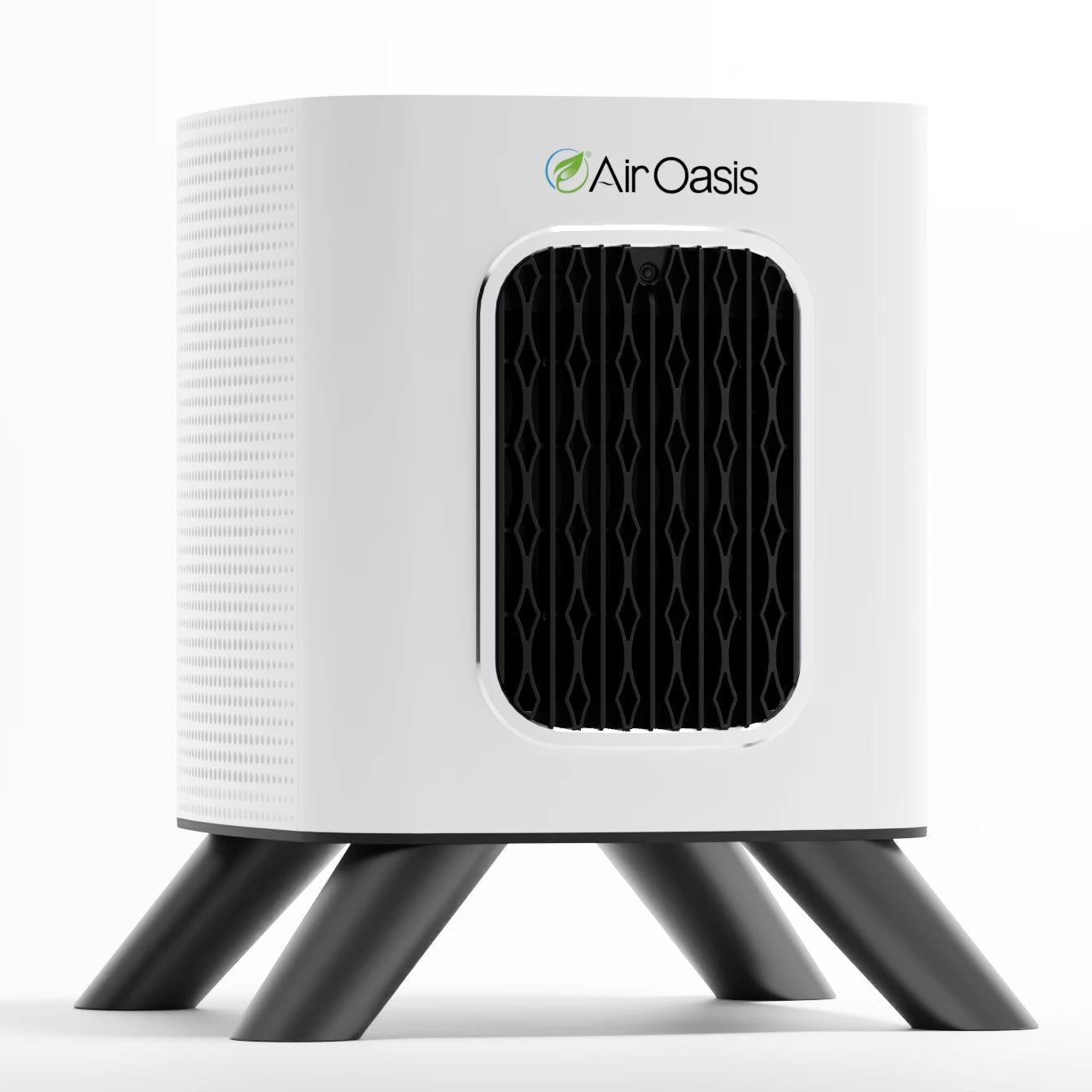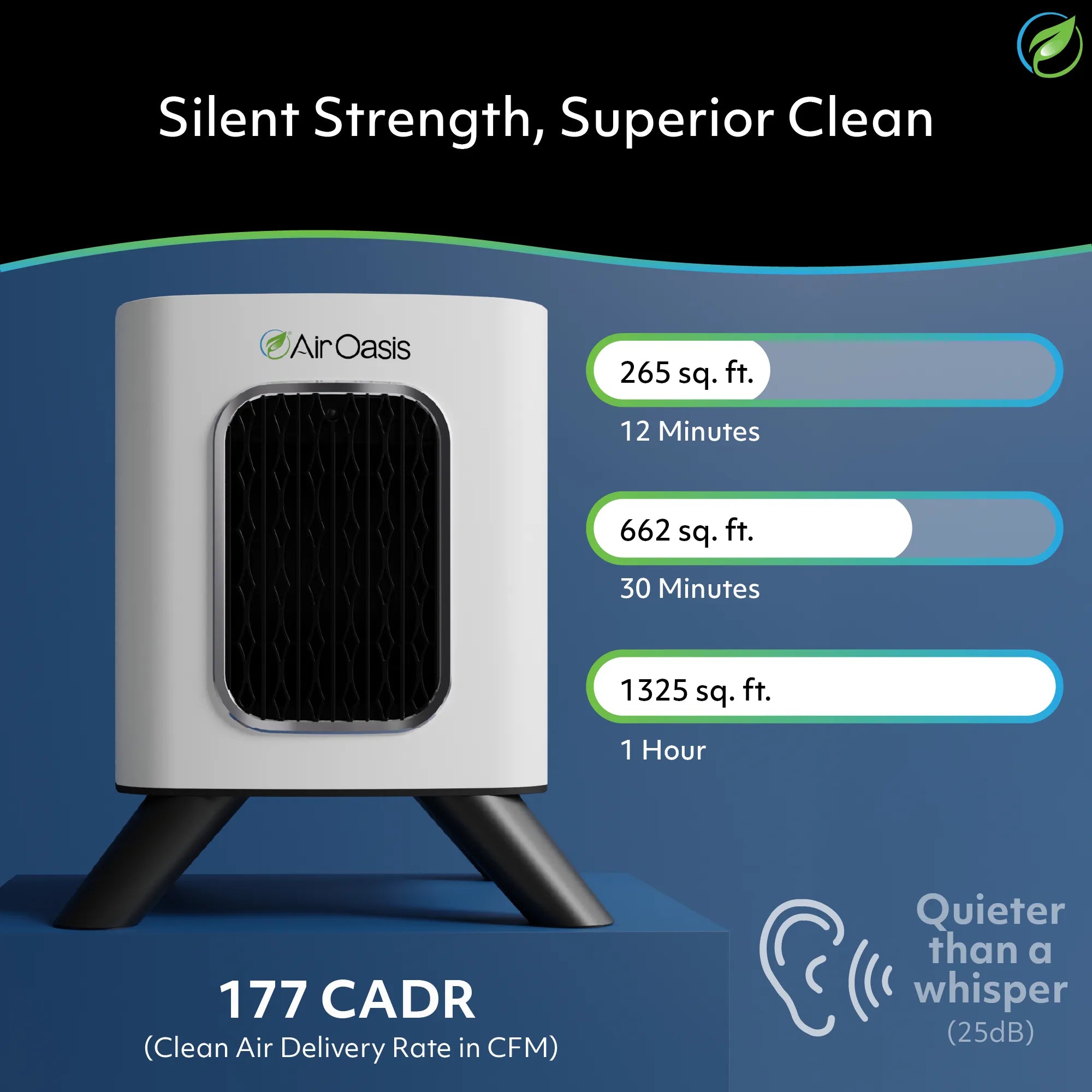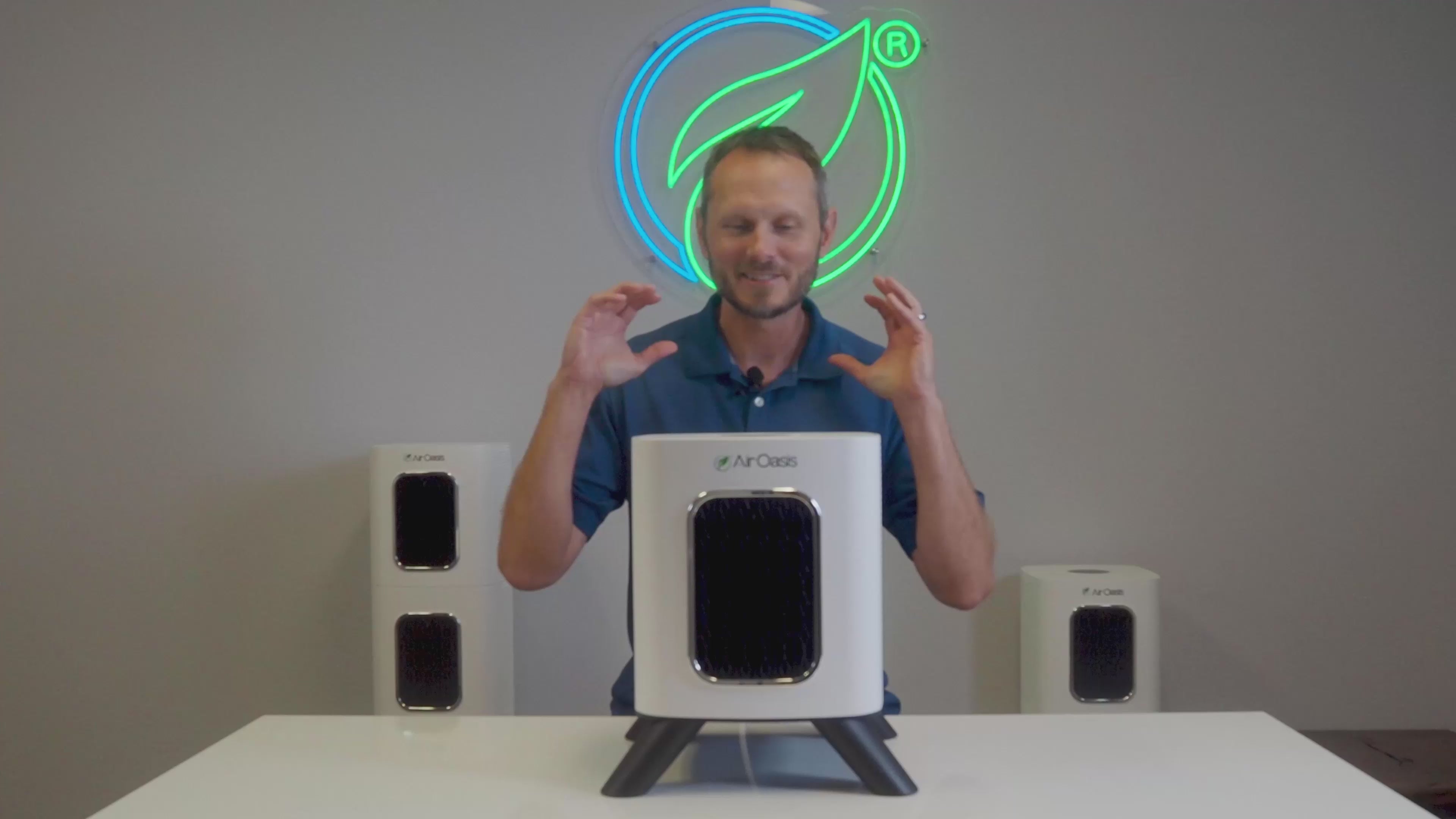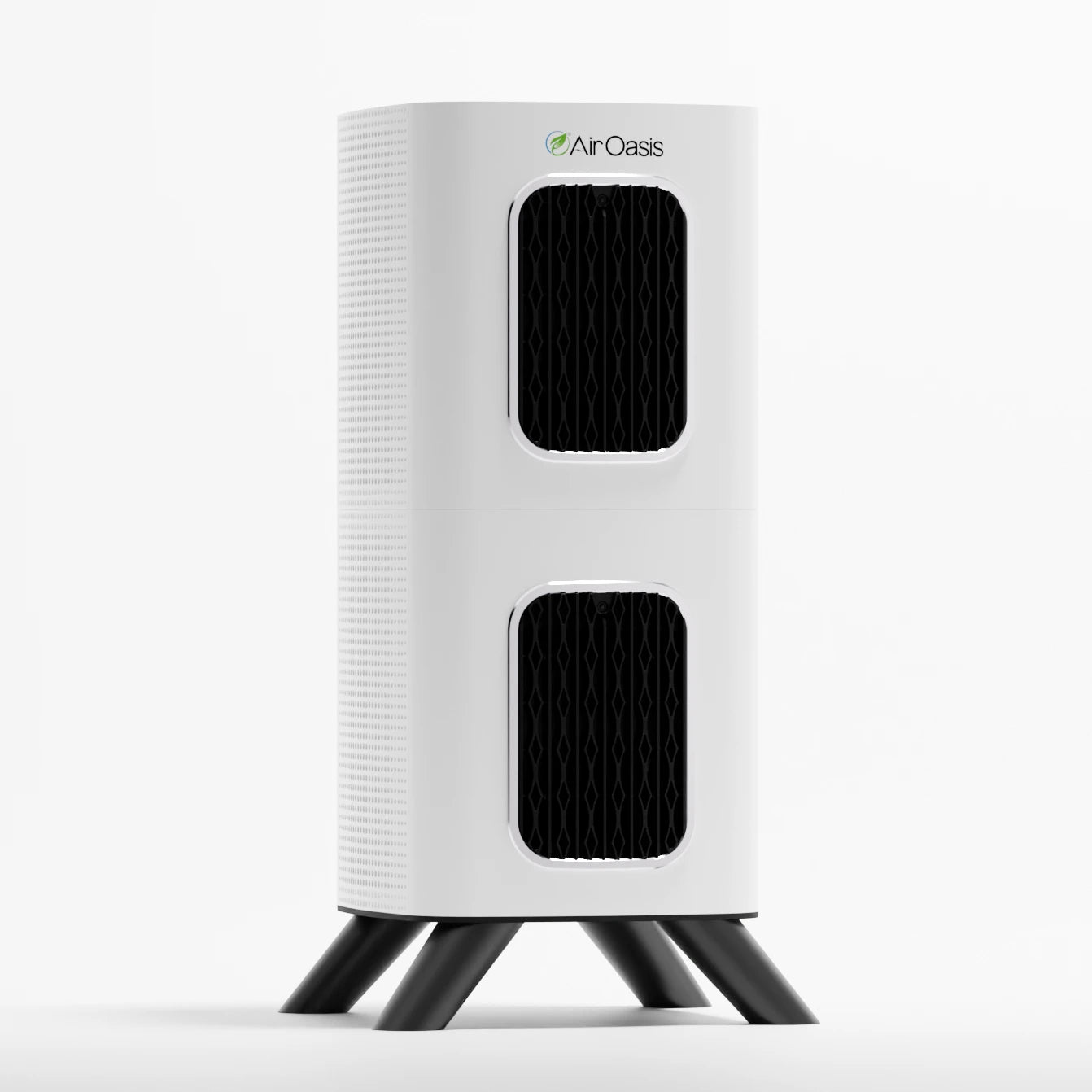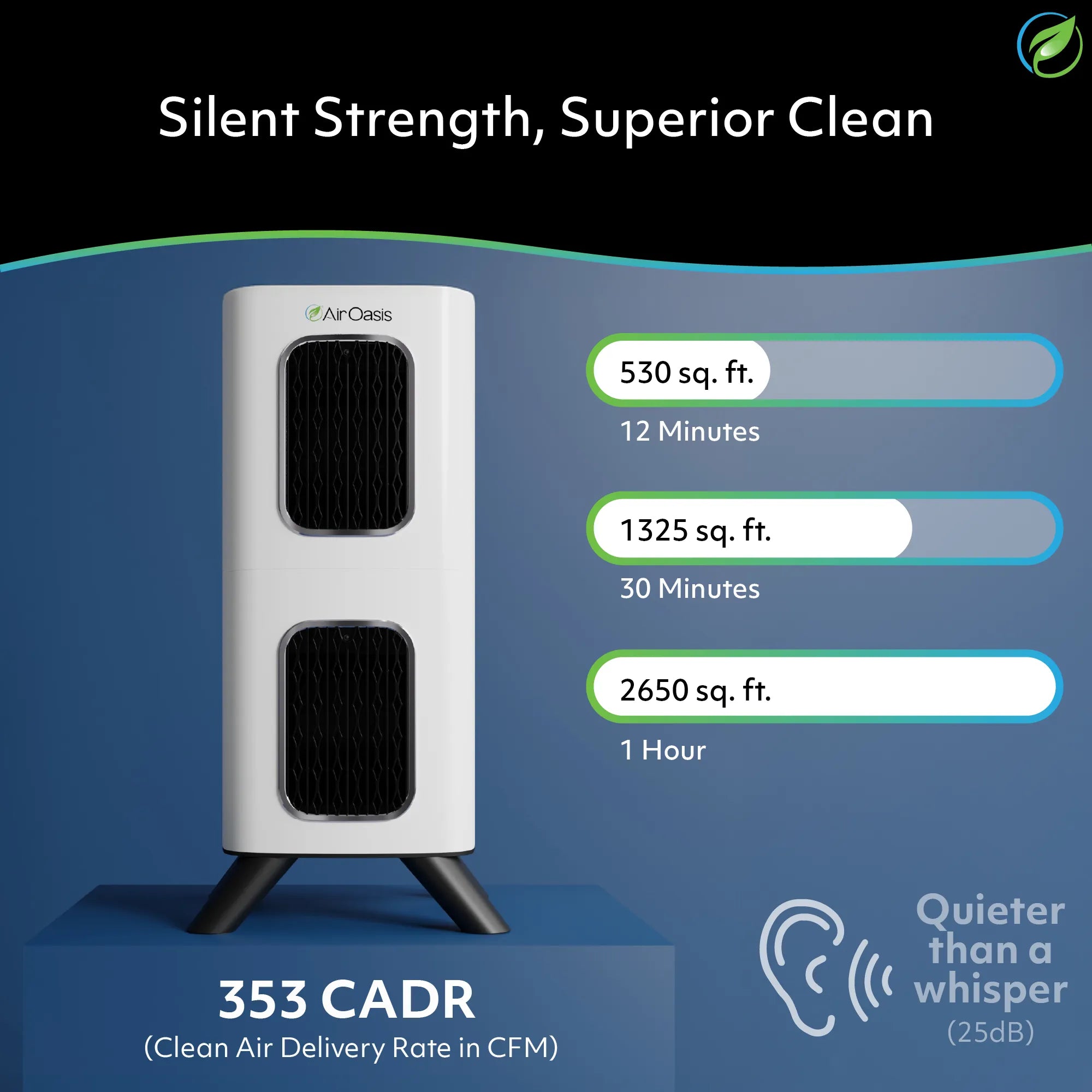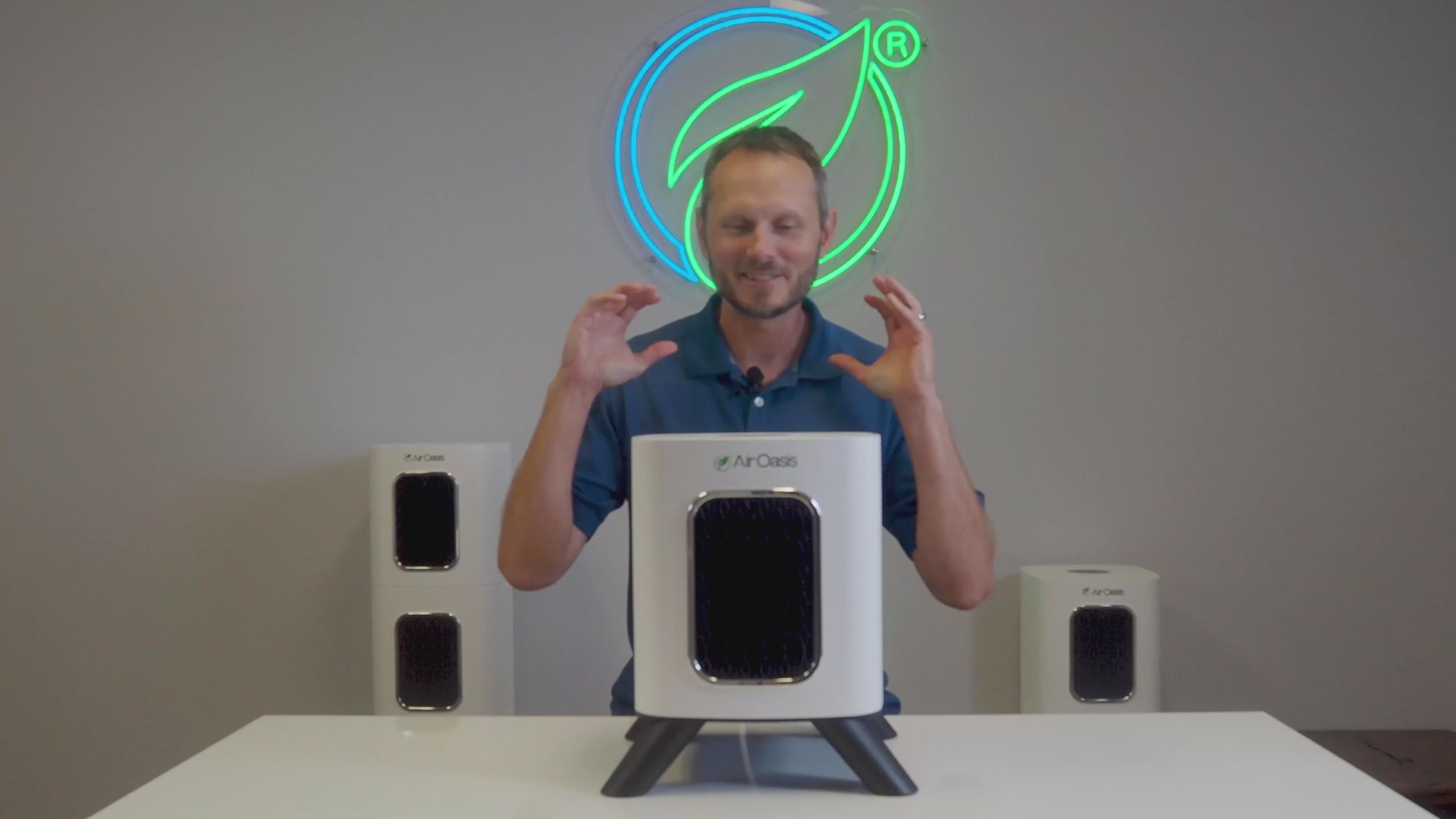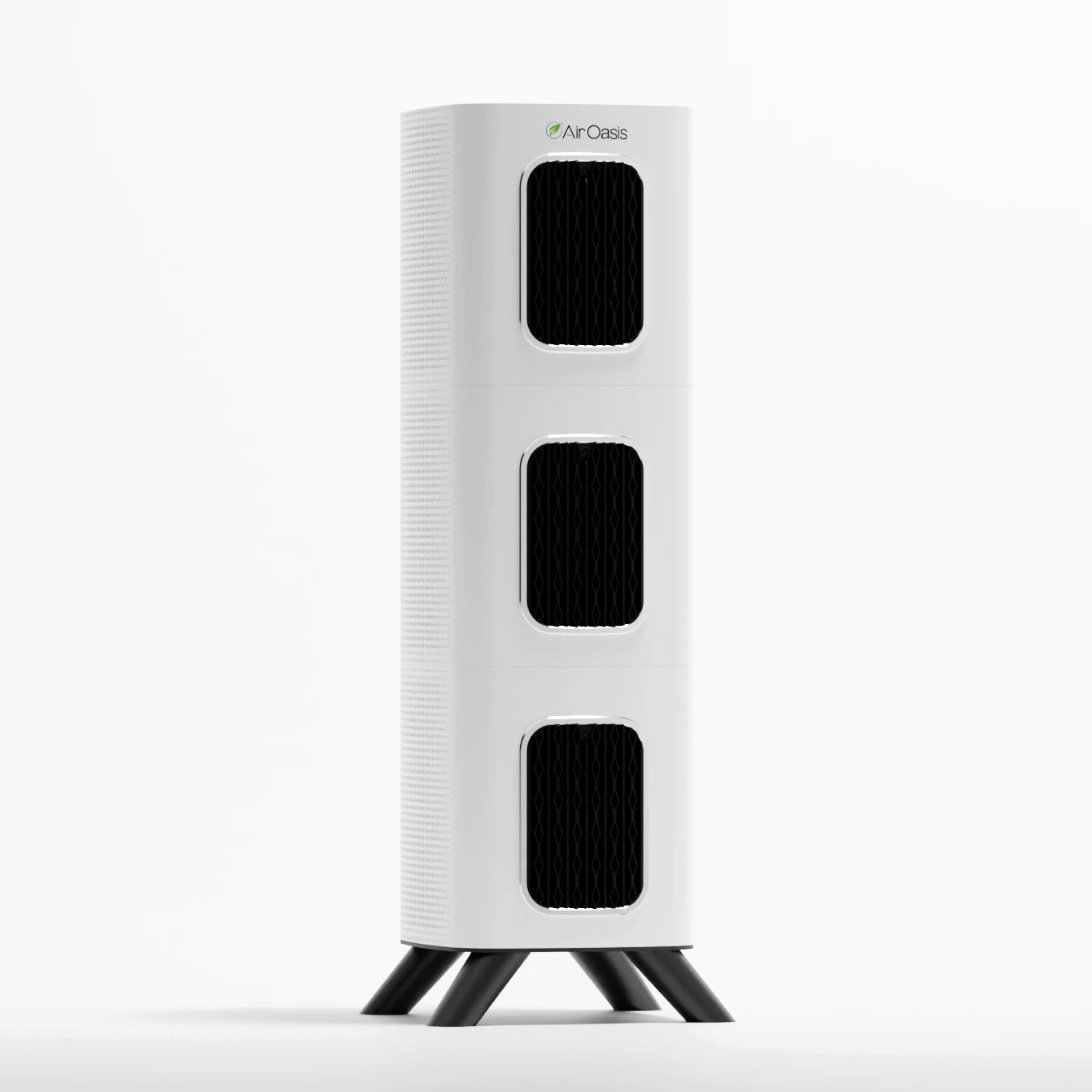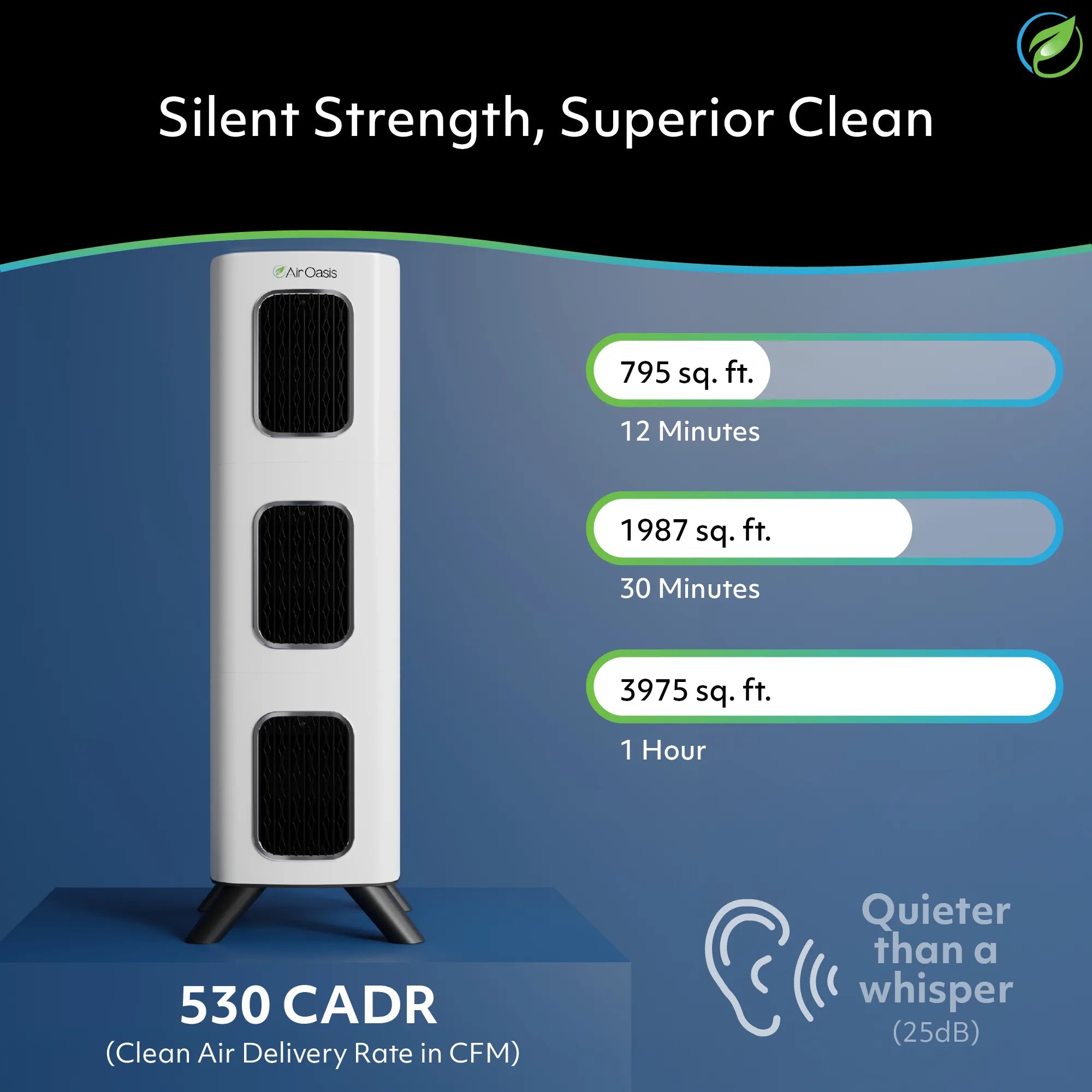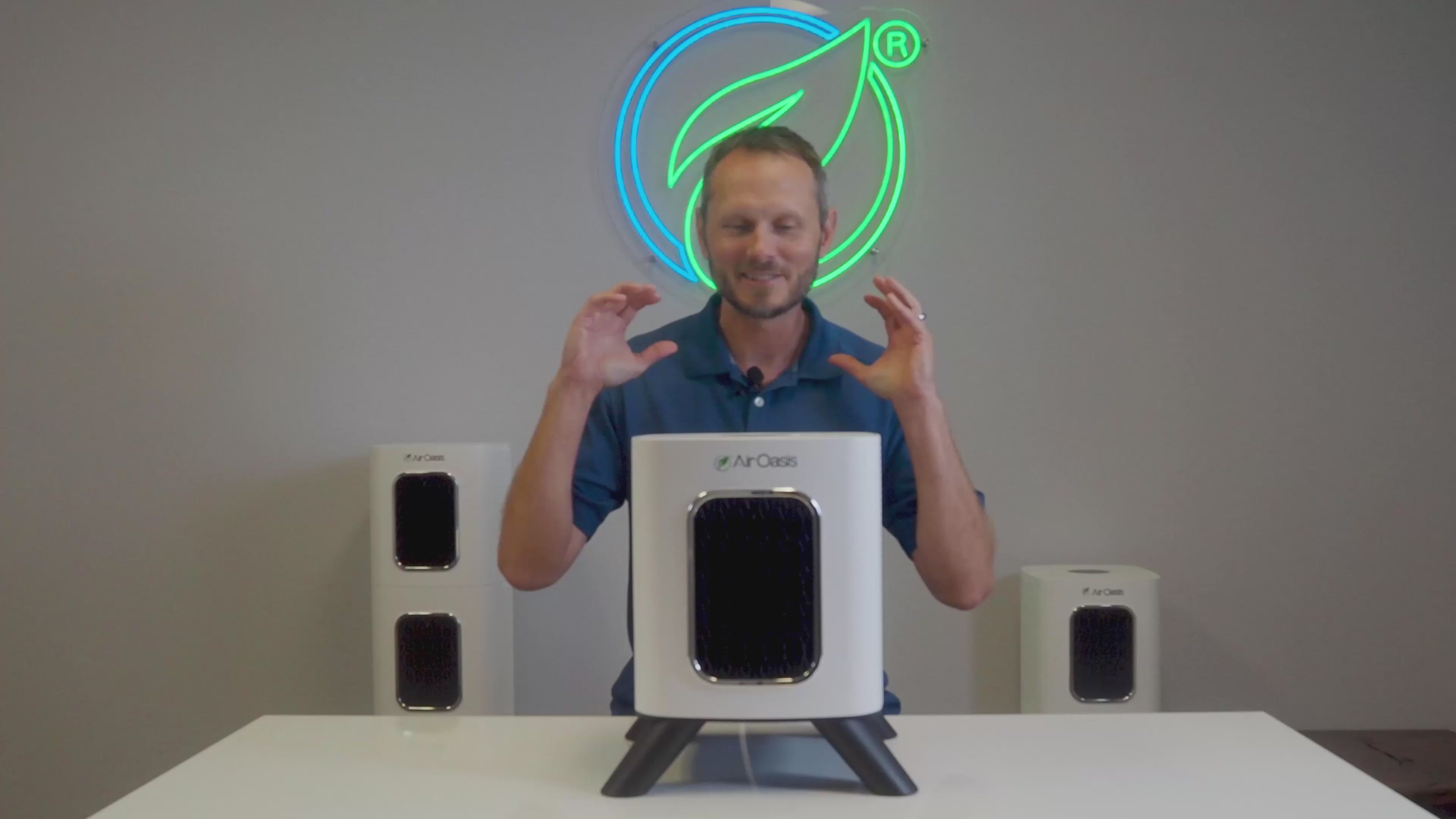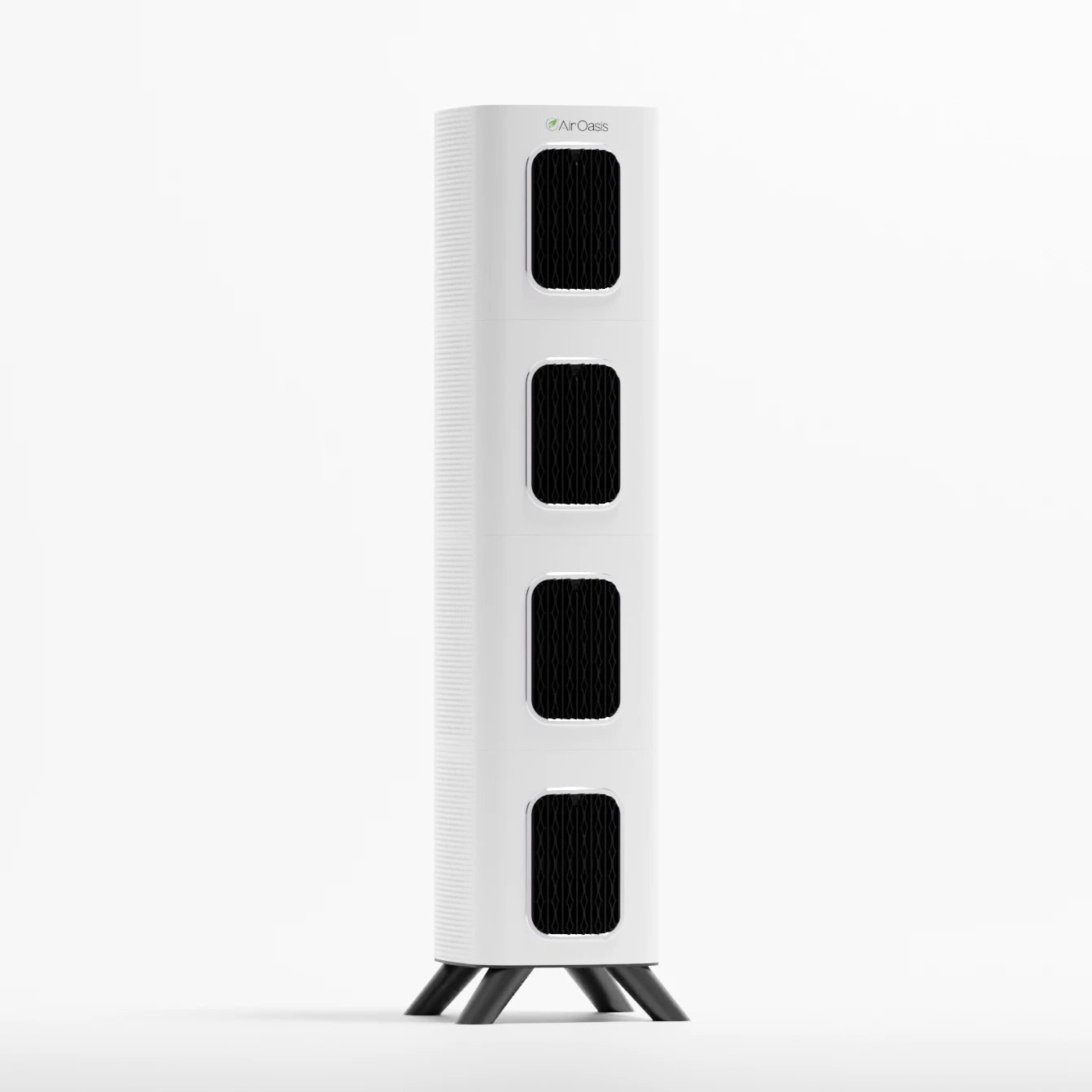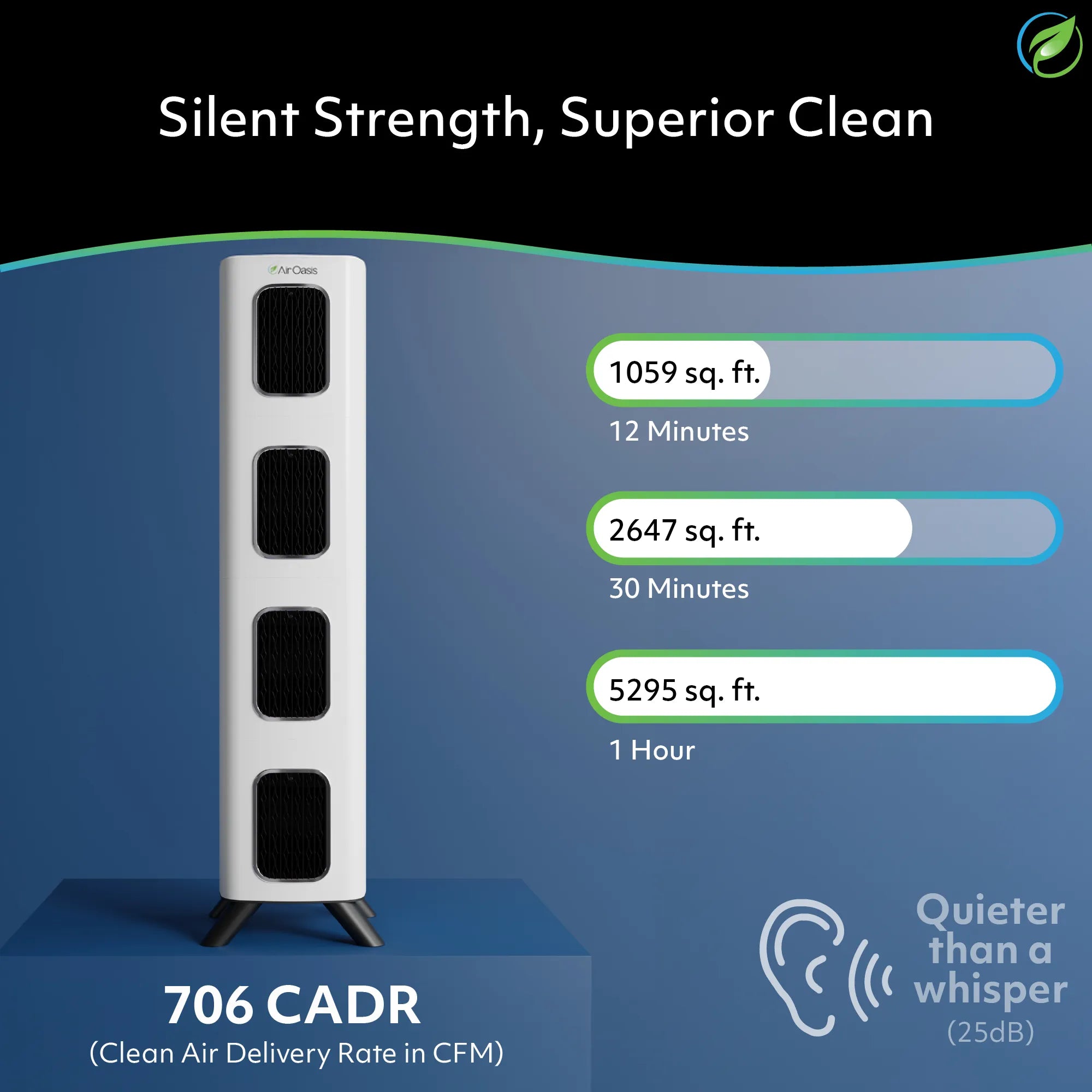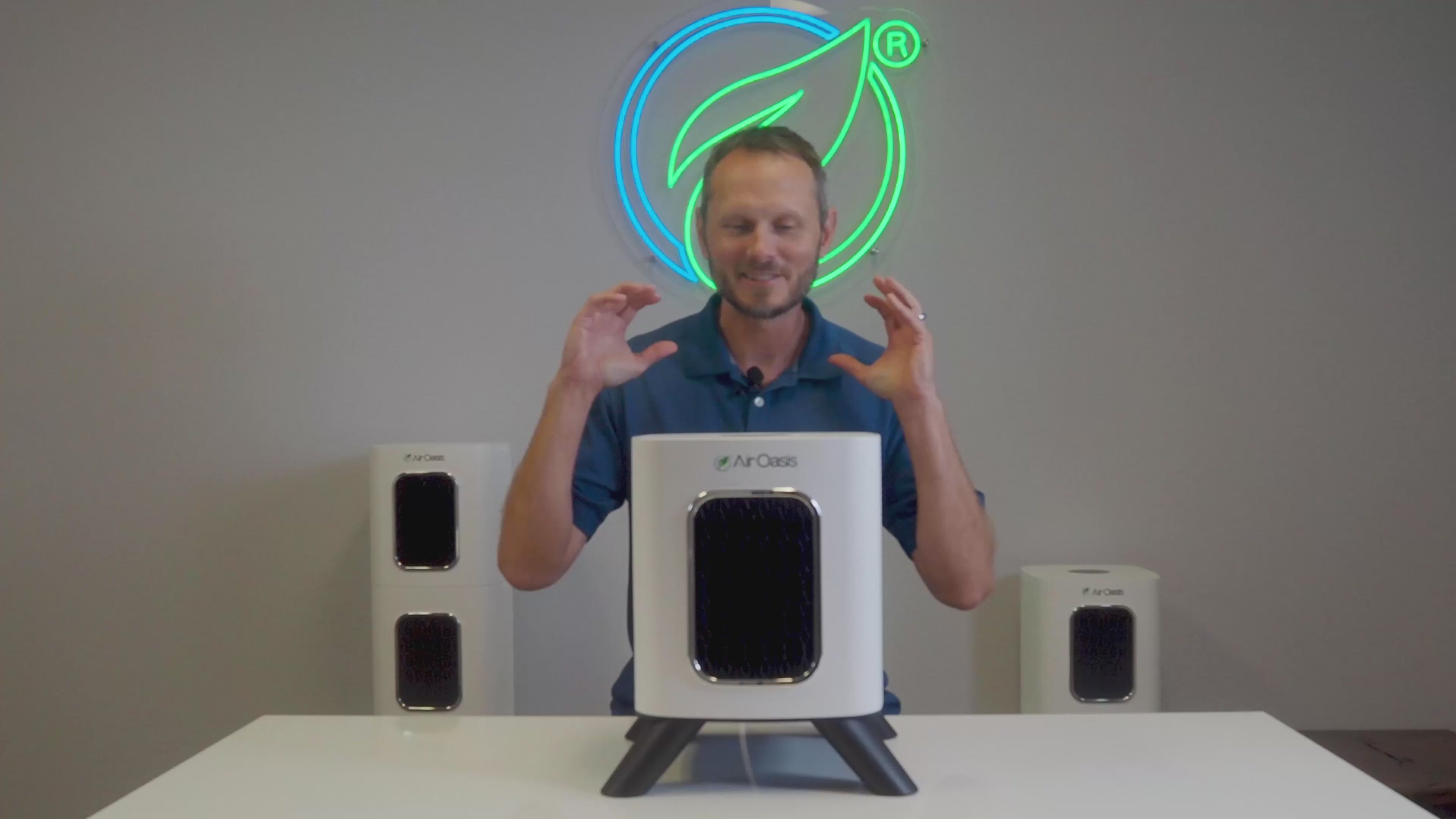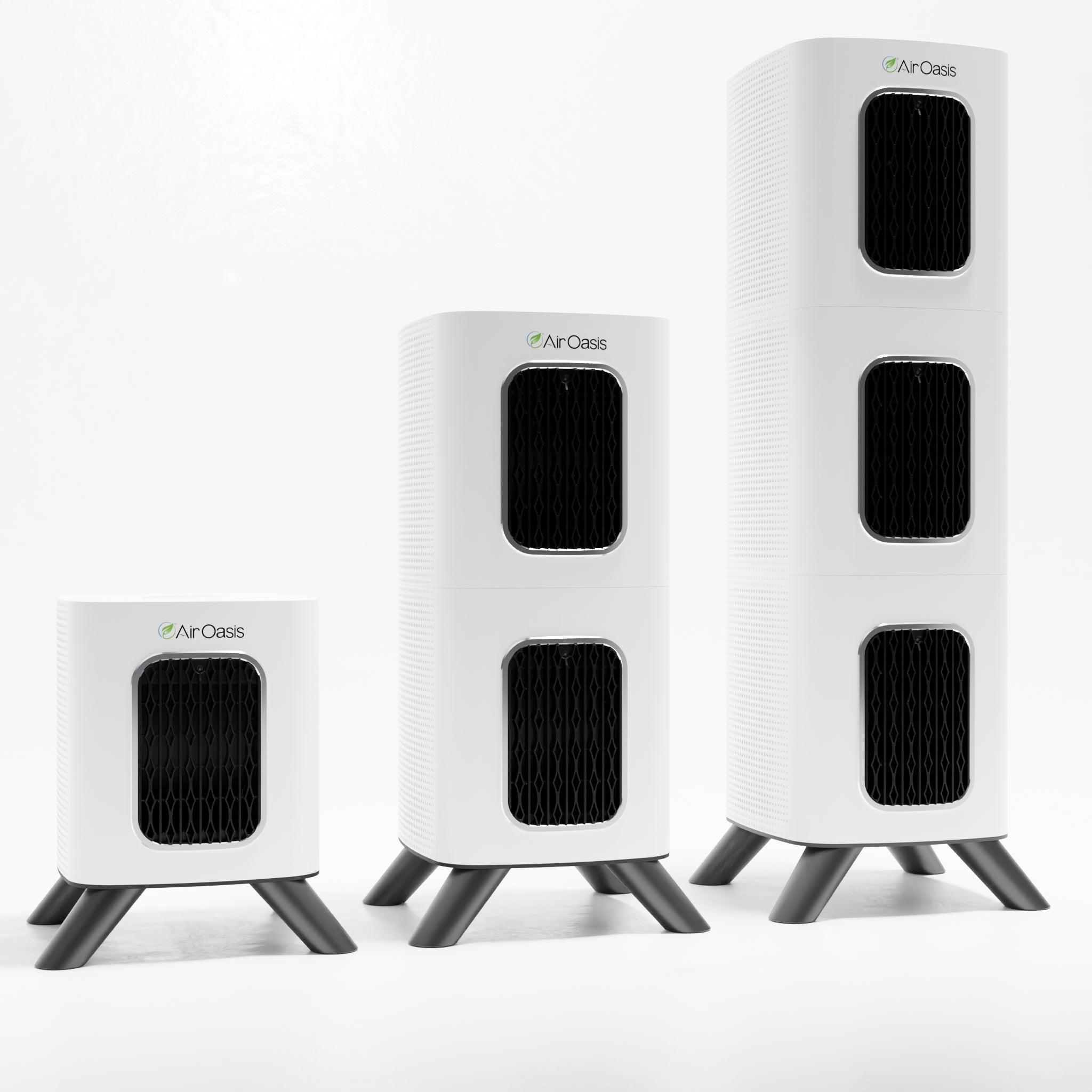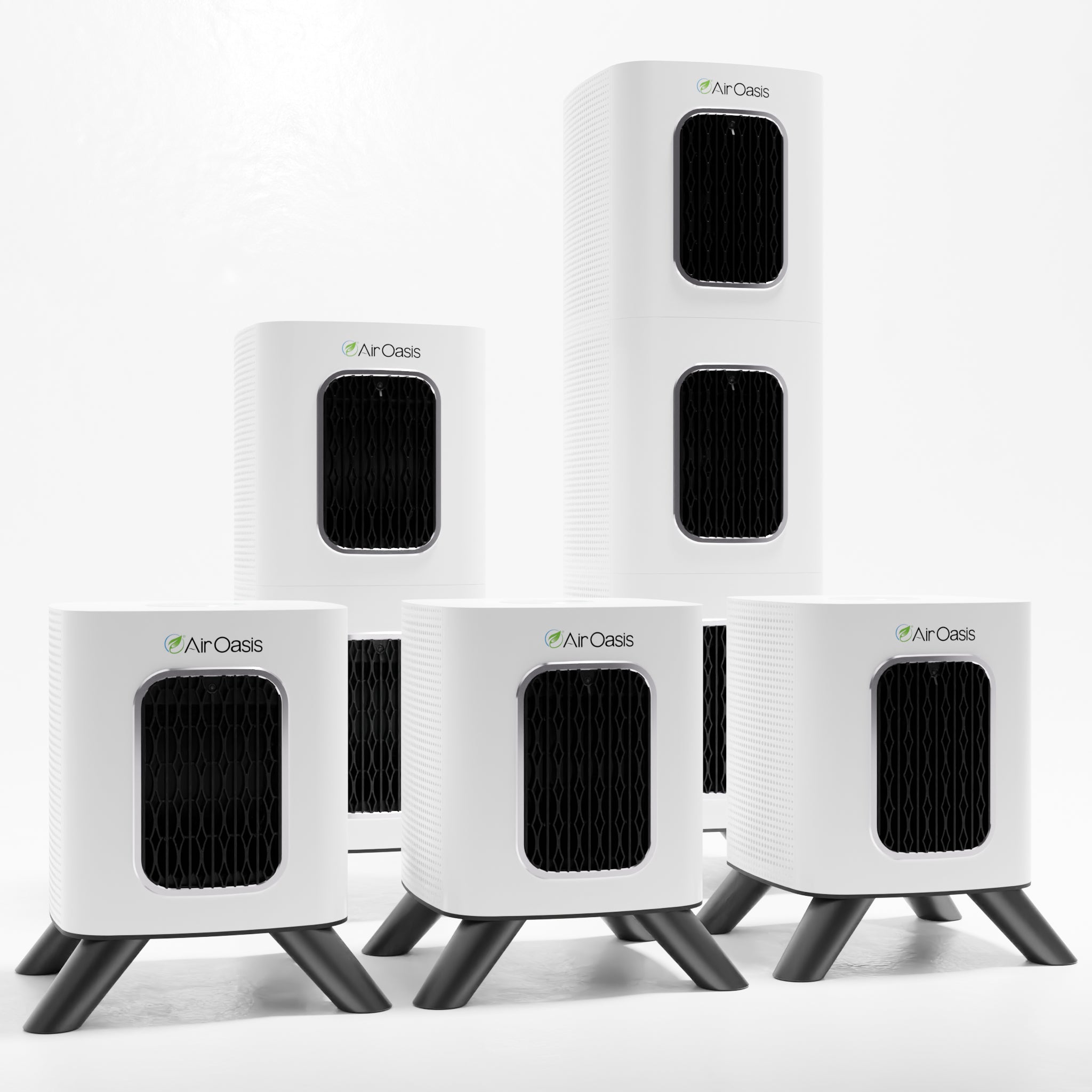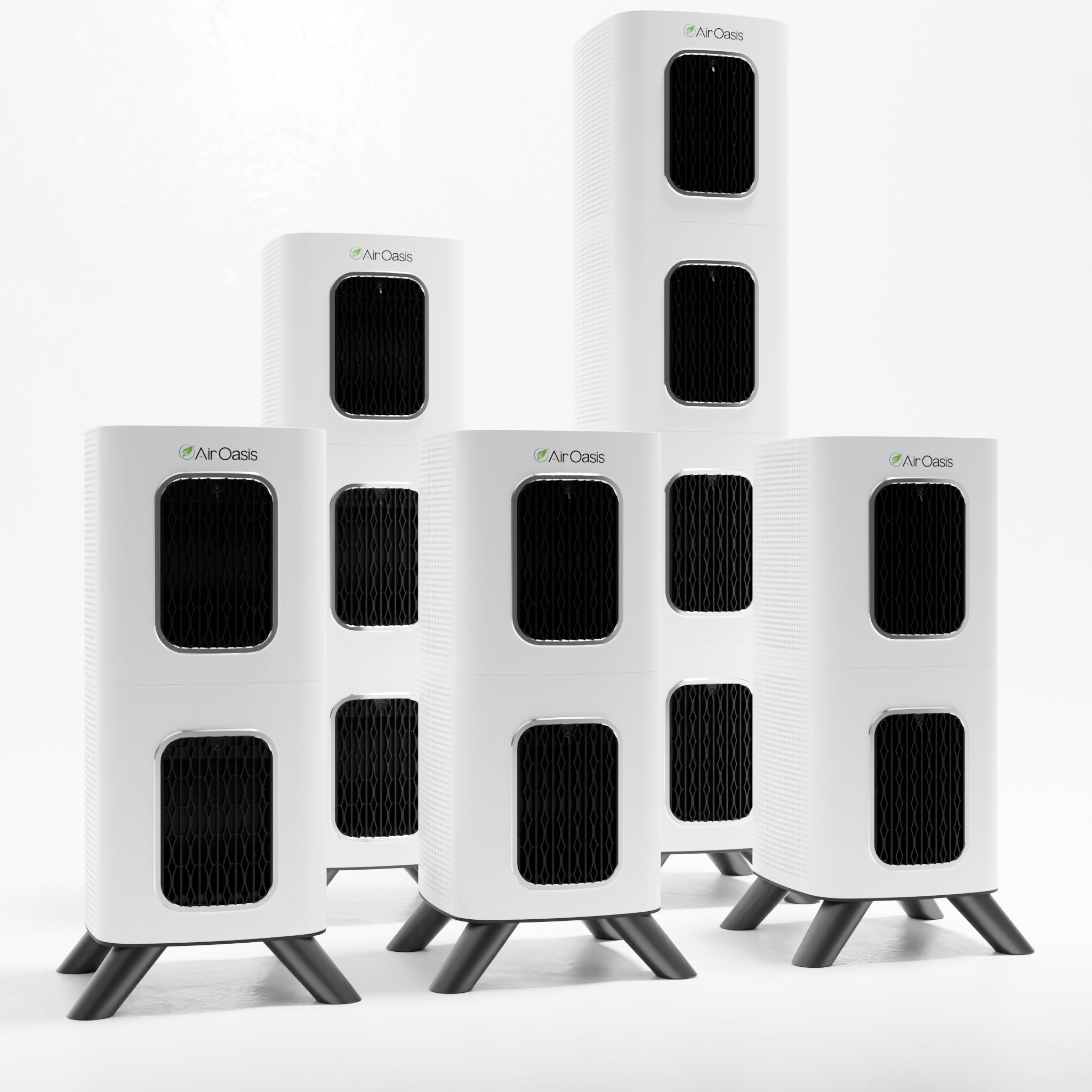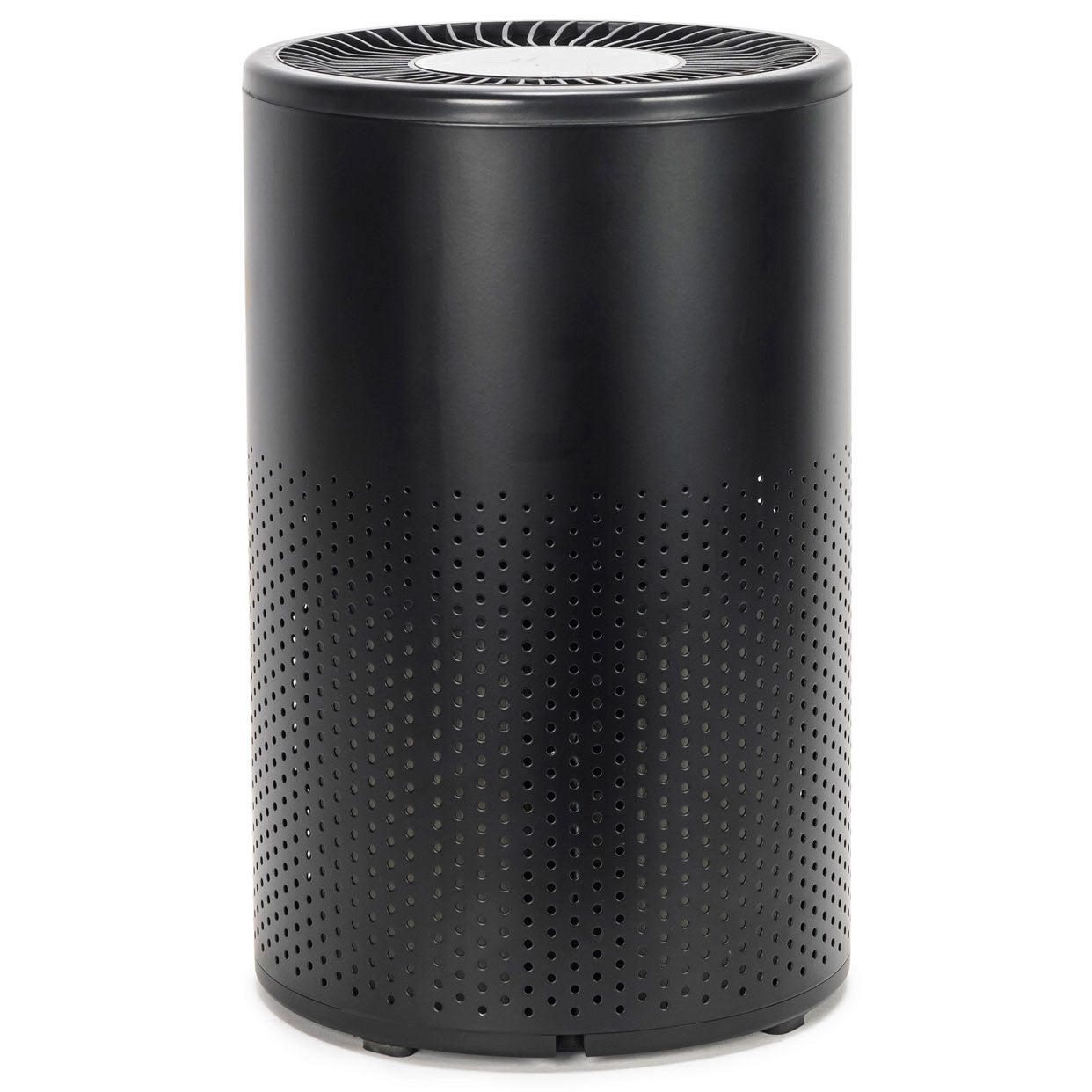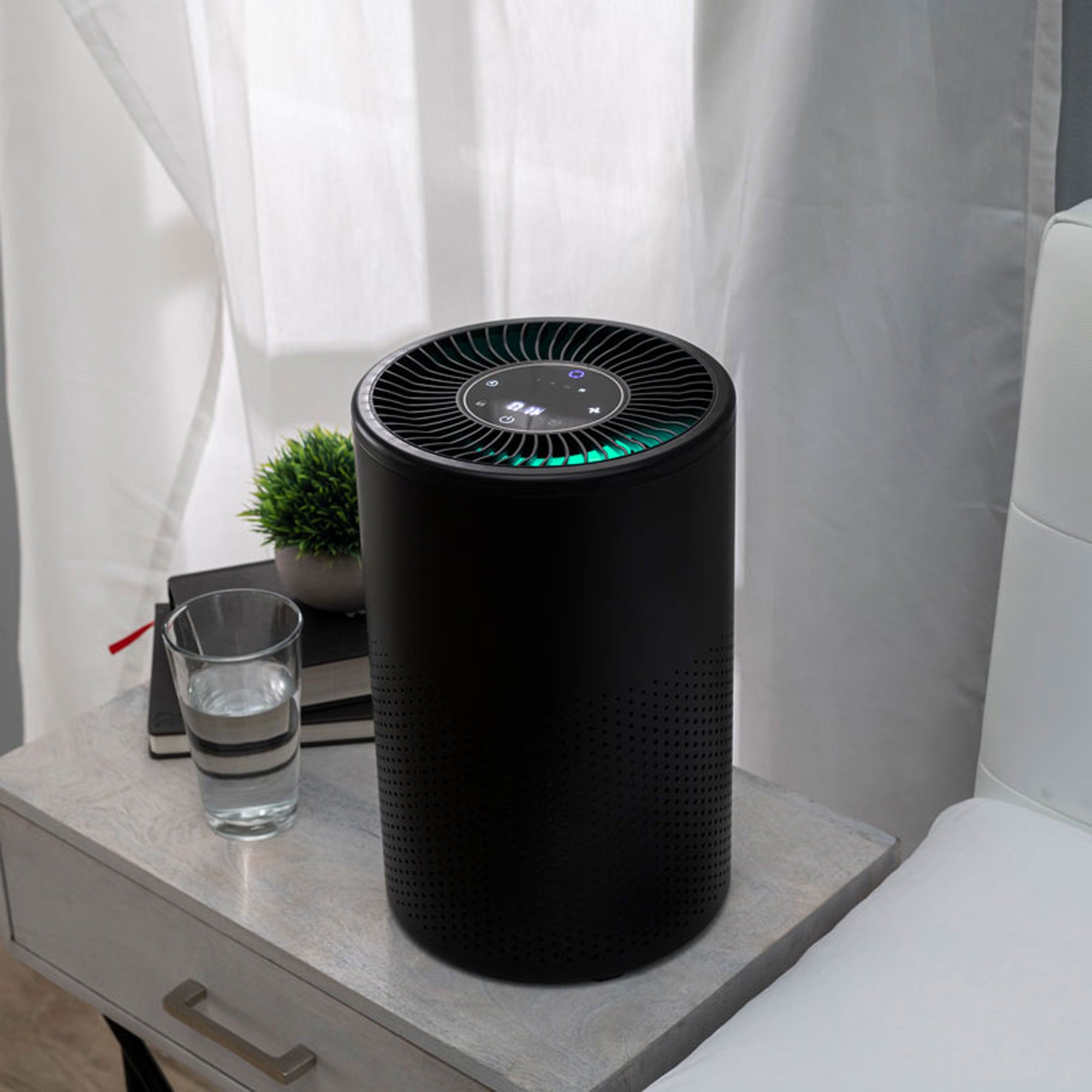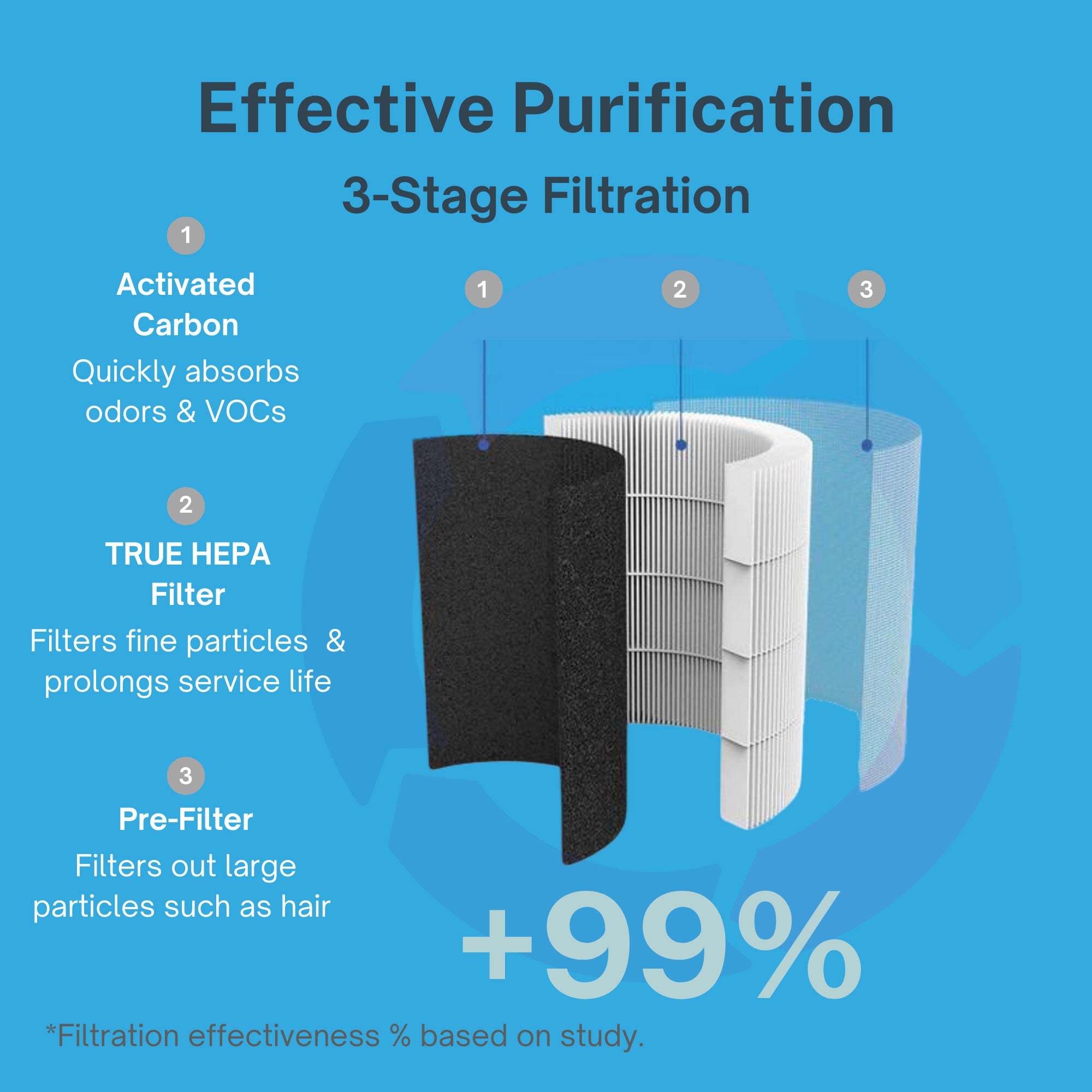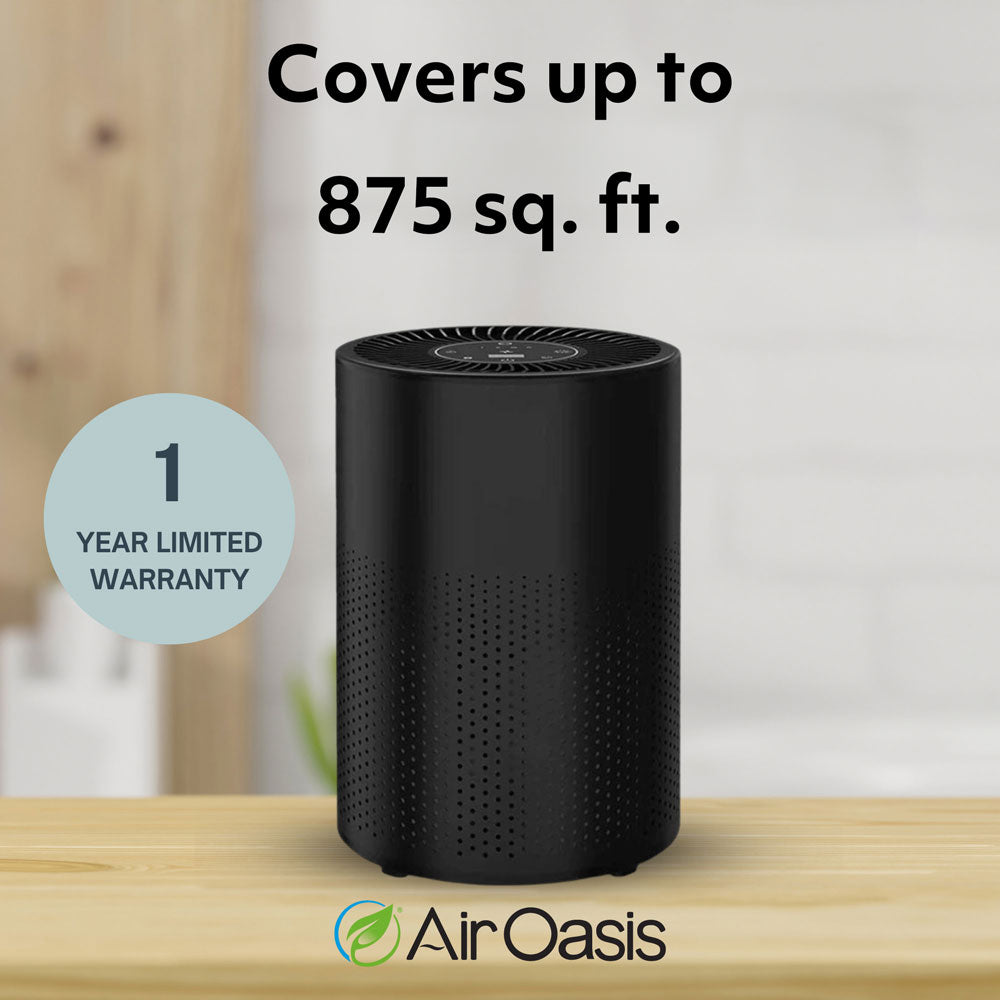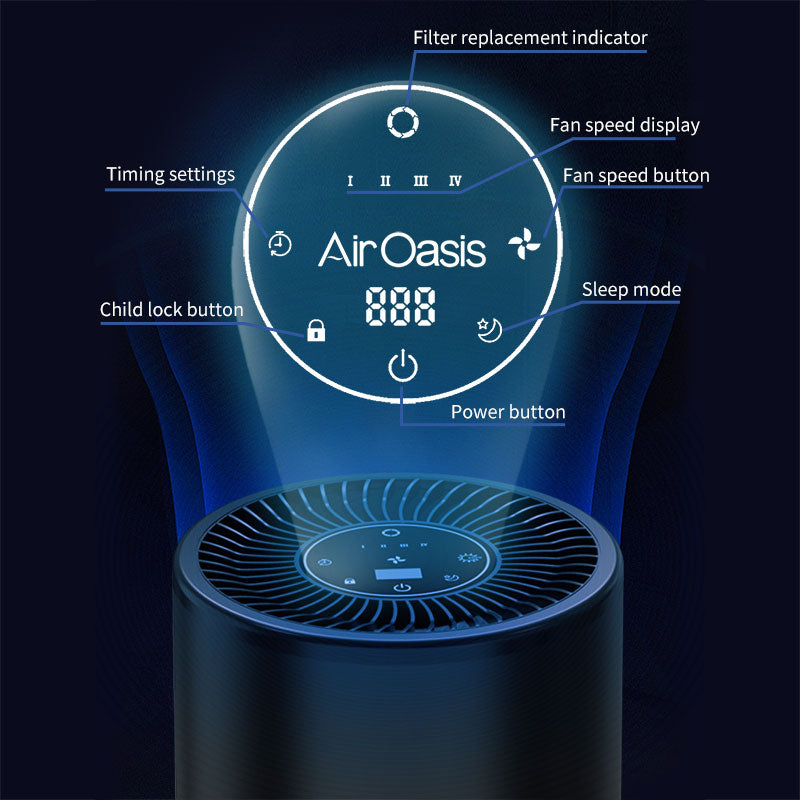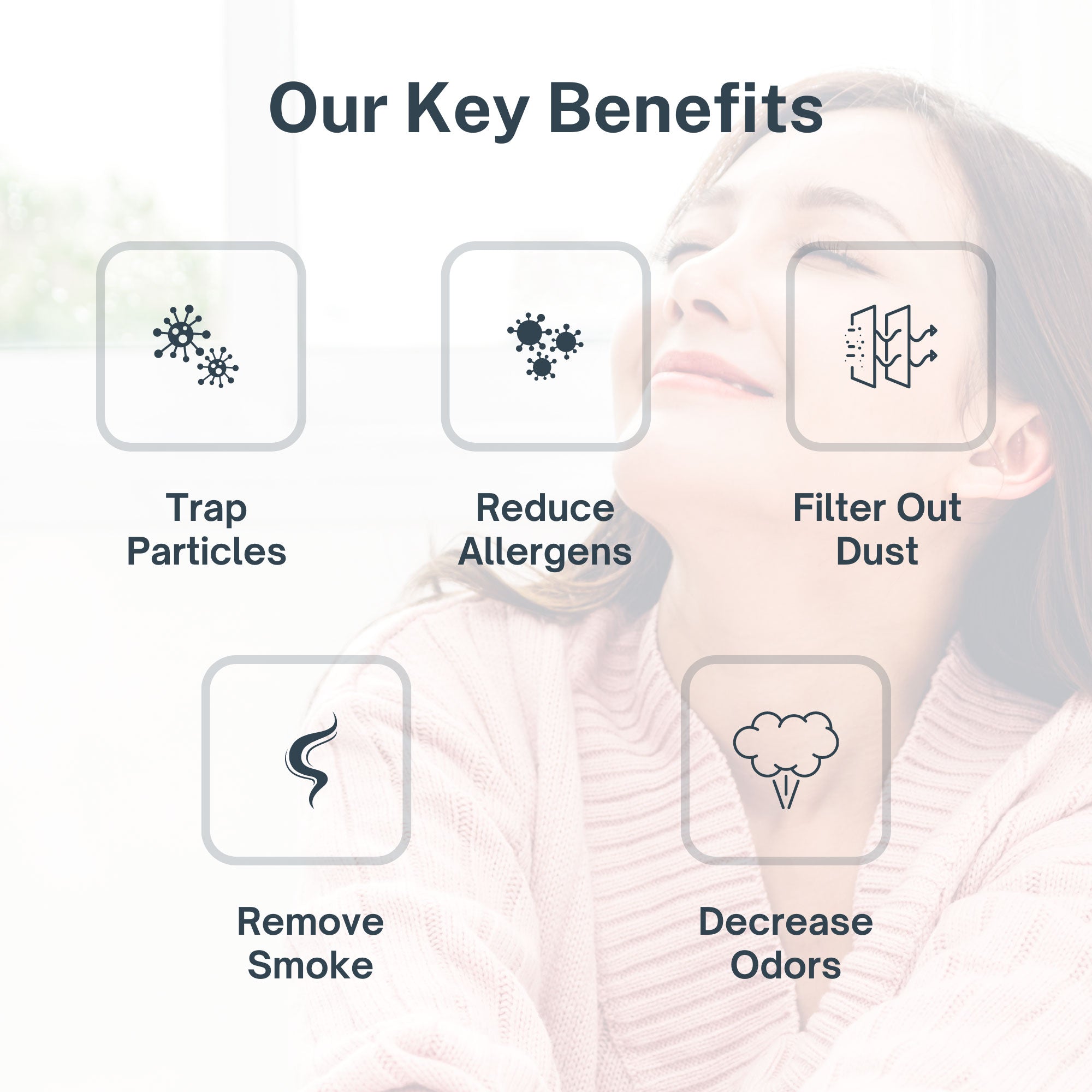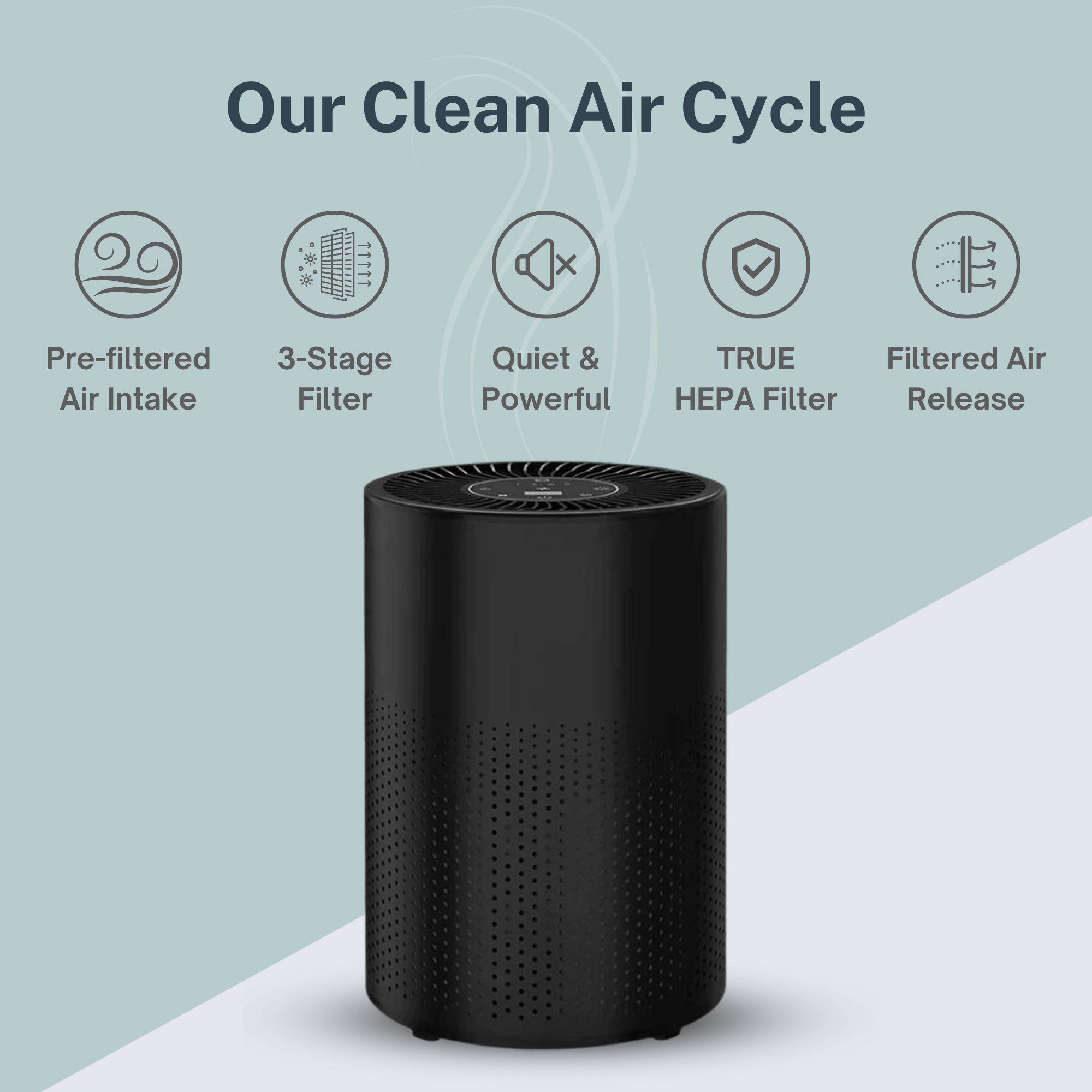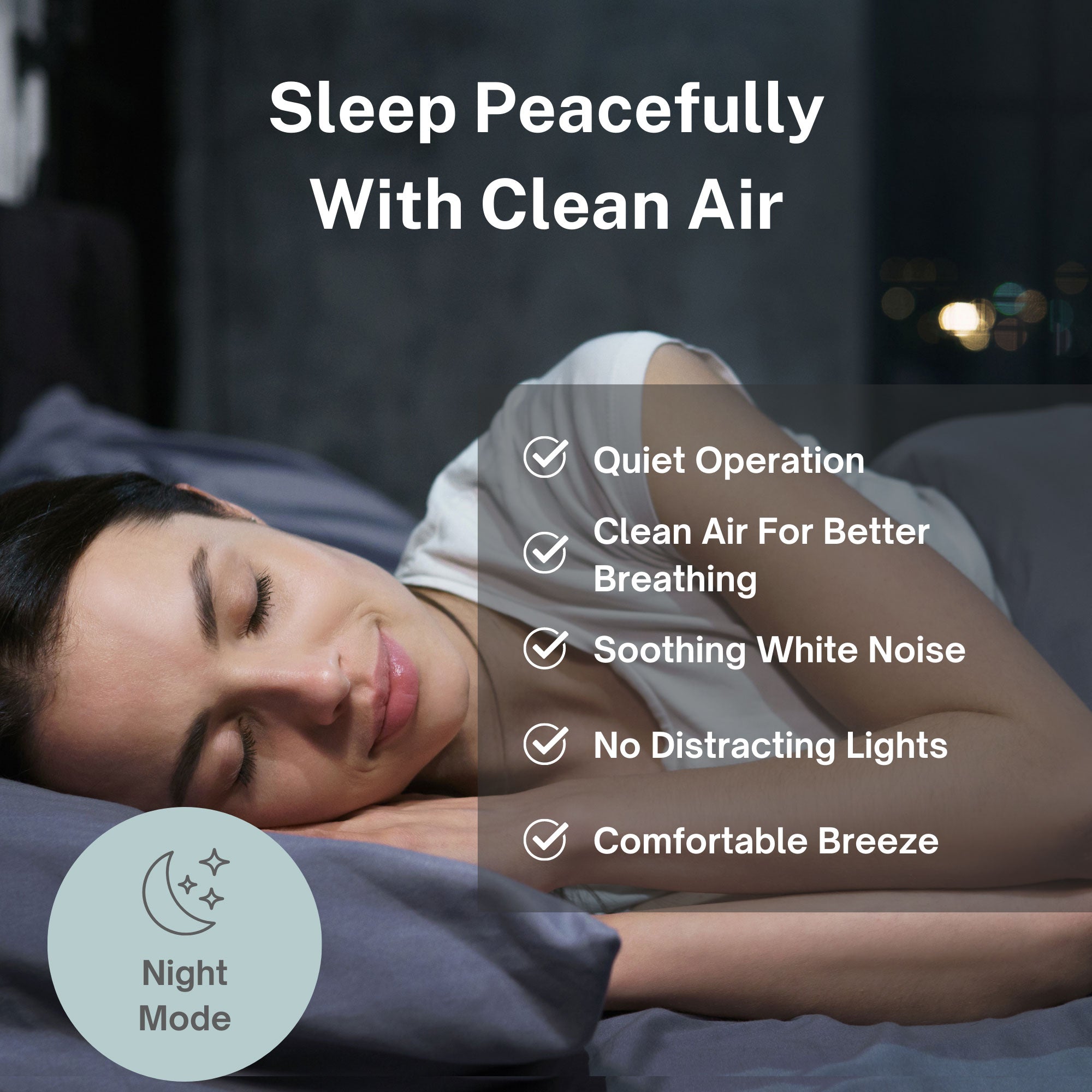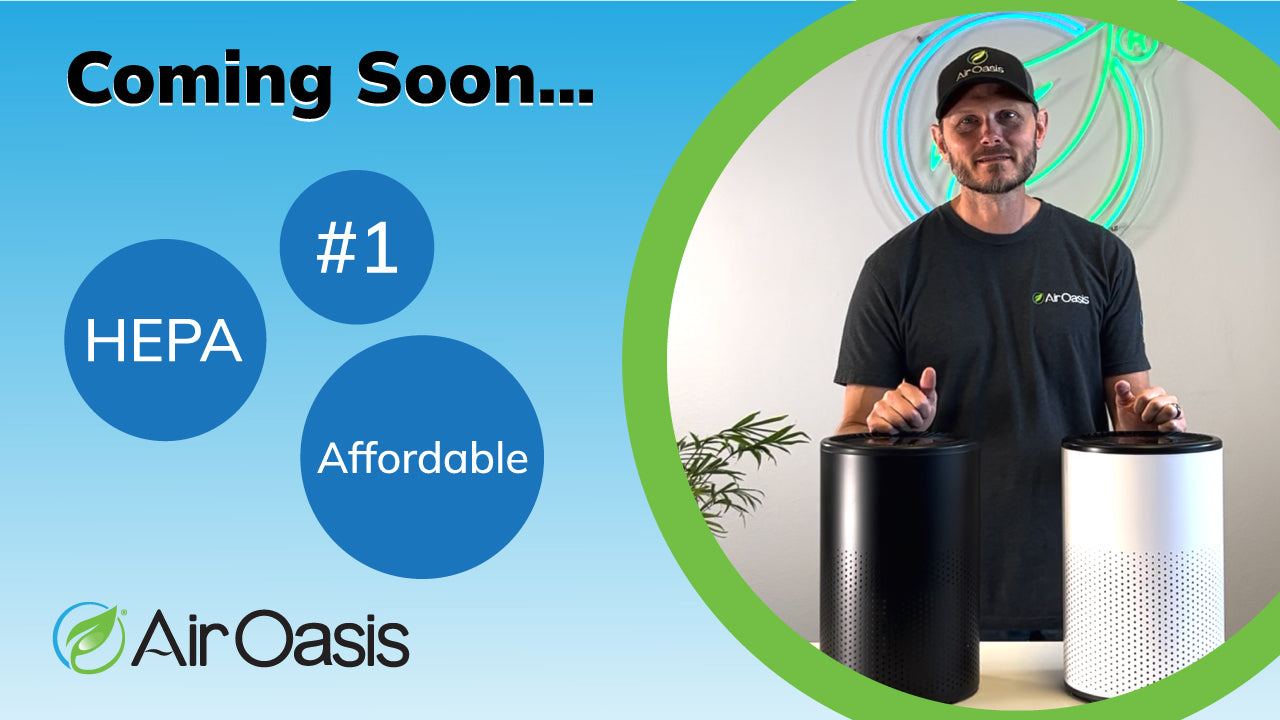Understanding the Long-Term and Short-Term Effects of Air Pollution Exposure
Air pollution is an invisible threat that impacts millions of Americans daily. Whether you're caught in rush hour traffic, experiencing seasonal wildfire smoke, or simply living in an urban environment, your exposure to air pollutants can vary significantly in both duration and concentration. This variability creates different health risks that research is only now beginning to fully understand.
How Exposure Duration Affects Your Health
Air pollution exposure isn't a simple yes-or-no equation. The health impacts depend on multiple factors, including how long you're exposed, the concentration of pollutants, and your personal health status. Some individuals experience short bursts of high pollution during their daily commute, while others face persistent lower-level exposure in their neighborhoods or workplaces.
The timing of exposure also matters significantly. A single day of high pollution levels affects the body differently than intermittent exposure over weeks or continuous exposure spanning months or years. Seasonal patterns complicate this picture further, with summer bringing increased ozone levels while winter often introduces more particulate matter from wood-burning and temperature inversions.
Research shows that even brief exposures to elevated pollution can trigger immediate symptoms in sensitive individuals, while longer-term exposure significantly increases risks for chronic diseases. This time-dependent response demonstrates why both acute and chronic pollution exposures require different prevention strategies.
Short-Term Peak Exposures: Immediate Health Concerns
Short-term peak exposures—like those experienced during wildfire events, traffic congestion, or industrial accidents—can cause immediate and sometimes severe health effects. These acute exposure events trigger inflammatory responses in the respiratory system, potentially leading to:
- Increased asthma attacks and respiratory infections
- Exacerbation of existing heart conditions
- Reduced lung function, even in healthy individuals
- Irritation of eyes, nose, and throat
- Headaches and dizziness in sensitive individuals
The body's initial response to pollution spikes often involves the activation of defensive mechanisms that, while protective in the short term, can strain physiological systems over time. The lung's immune response to particulate matter, for instance, can trigger systemic inflammation extending beyond the respiratory system.
For individuals with pre-existing conditions like asthma, COPD, or heart disease, these short-term exposures can trigger serious health events requiring medical intervention. Even healthy individuals may experience temporary discomfort and reduced physical performance during high pollution days.
Intermittent and Cumulative Exposures: The Compounding Effect
Perhaps the most concerning recent research findings involve how multiple short-term exposures appear to produce cumulative effects that mimic or even exceed the impact of continuous exposure. This suggests that even people who experience pollution intermittently—rather than constantly—may still face significant health risks.
These intermittent exposures are particularly relevant for those who:
- Live in areas with seasonal air quality challenges
- Work in environments with variable pollution levels
- Experience pollution primarily during specific activities like commuting
- Live in regions affected by periodic events like wildfires or dust storms
Research indicates that these seemingly separate exposure events may not be processed by the body as distinct occurrences. Instead, biological responses to air pollution can persist for days or weeks after exposure ends, creating overlapping effects when new exposures occur before recovery is complete.
This compounding effect helps explain why respiratory and cardiovascular hospital admissions often remain elevated for days following pollution events, and why areas with frequent but intermittent pollution episodes show health statistics similar to consistently polluted regions.
Long-Term Exposure: Chronic Health Impacts
While acute effects often receive more attention due to their immediate and noticeable nature, the long-term health impacts of air pollution exposure can be more severe. Chronic exposure to even moderate pollution levels substantially increases risk for:
- Cardiovascular disease and strokes
- Chronic respiratory conditions including asthma and COPD
- Reduced lung development in children
- Neurological conditions including cognitive decline
- Certain types of cancer
- Adverse pregnancy outcomes
These chronic health effects typically develop through complex pathways involving persistent inflammation, oxidative stress, and even direct damage to cellular structures. For example, the smallest particulate pollutants (PM2.5) can penetrate deep into lung tissue and even enter the bloodstream, where they trigger inflammatory responses that affect the cardiovascular system.
The relationship between exposure duration and health outcomes isn't always linear. Research suggests threshold effects where risk increases dramatically after certain exposure durations, and evidence indicates that some populations experience accelerated health impacts due to age, genetics, or pre-existing conditions.
Underlying Mechanisms: How Air Pollution Damages Health
Understanding how air pollution affects health at the cellular and molecular level provides crucial insight into both prevention strategies and treatment approaches. Current research focuses on several key mechanisms:
- Oxidative stress that damages cell structures and DNA
- Inflammatory responses that spread from the lungs to other body systems
- Direct toxicity from specific pollutants to organ tissues
- Epigenetic changes that alter gene expression without changing DNA
- Disruption of normal cell signaling pathways
These mechanisms help explain why air pollution affects not just the lungs but virtually every body system. For example, inflammation triggered by particulate matter in the lungs can release inflammatory mediators into the bloodstream, potentially affecting the heart, brain, and other organs.
Research using controlled human exposure studies, animal models, and advanced cellular techniques continues to uncover the specific pathways through which different pollutants exert their effects. This research is critical for developing more targeted preventive measures and treatments.
Protecting Yourself: Creating Clean Air Environments
While public policy approaches to reducing air pollution are essential, individual protection strategies play a critical role in reducing personal exposure and health risks. Creating protected indoor environments becomes especially important during pollution events or for those living in consistently affected areas.
Advanced air purification technology offers one of the most effective immediate defenses against both short-term and long-term pollution exposure. High-efficiency air purifiers with HEPA filtration can remove up to 99.97% of airborne particulates, including many of the most harmful fine and ultrafine particles.
For comprehensive protection, multi-stage purification systems that combine HEPA filtration with activated carbon and additional technologies provide defense against both particulate and gaseous pollutants. During pollution events, running air purifiers at higher speeds can quickly establish cleaner indoor air, reducing exposure during critical periods.
Monitoring both outdoor and indoor air quality allows for more targeted protective measures. When outdoor pollution levels spike, taking simple steps like keeping windows closed, using air purifiers, and limiting outdoor activities can significantly reduce exposure during the most dangerous periods.
Understanding Your Personal Risk
As research continues to evolve, understanding your personal risk factors becomes increasingly important. Factors that influence your vulnerability to air pollution include:
- Age (with children and older adults at higher risk)
- Pre-existing respiratory or cardiovascular conditions
- Genetic factors affecting detoxification pathways
- Activity patterns and occupation
- Home location relative to pollution sources
By understanding these risk factors and the varying effects of different exposure patterns, you can develop more effective personal protection strategies. This might include adjusting activities based on daily air quality forecasts, creating clean air spaces in your home, or using air purification technology calibrated to your specific needs.
The emerging research on cumulative effects of intermittent exposures suggests that even occasional protection measures during high pollution events can have meaningful health benefits by preventing the compounding effects of multiple exposures.
As we continue to learn more about how pollution affects health across different time scales, one thing remains clear: taking proactive measures to reduce exposure, particularly through creating controlled indoor environments, offers significant protection against both the immediate and long-term health effects of air pollution.
Shop Air Oasis today to ensure your home remains a clean air sanctuary regardless of outdoor pollution conditions.





